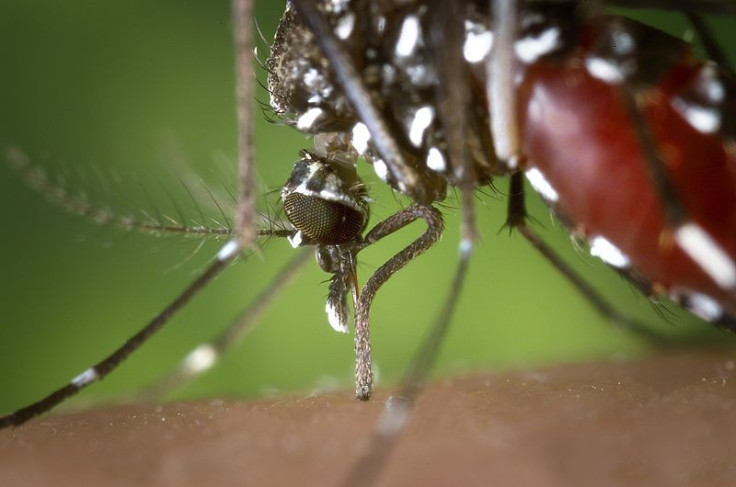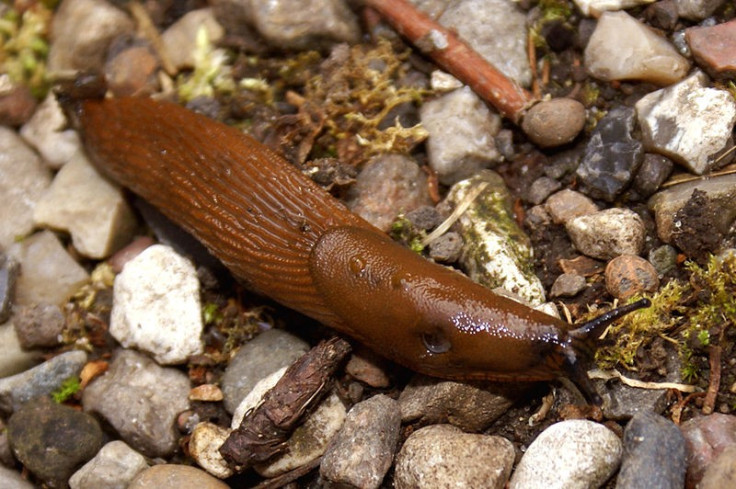Invasive Alien Species Damaging UK Wildlife - and Human Health
Asian tiger mosquito, Spanish slug and zebra mussel head list of riskiest natural invaders

Invasive alien species are causing greater damage to UK wildlife and human health than was previously thought.
Two reports by the European Environment Agency have found invasive species - which are introduced to Britain either accidentally or intentionally - are harming human health and ecosystems.
Increasing trade and tourism has led to an increasing number of alien species, while climate change may also be responsible for spreading these species, as some areas have become better suited to foreign plants and animals.
A species is considered "invasive" if it has a negative impact on its surroundings.
One of the reports showed that the UK is one of the worst affected countries by alien invasive species, with Italy, France and Germany also showing high rates.
Jacqueline McGlade, EEA executive director, said: "In many areas, ecosystems are weakened by pollution, climate change and fragmentation. Alien species invasions are a growing pressure on the natural world, which are extremely difficult to reverse."
The most dangerous alien invasive species to human health is the Asian tiger mosquito, which has entered Europe through intercontinental trade.
It is prevalent in Italy but it is expected the mosquito will extend its range north in the coming years.
The Asian tiger mosquito causes over 20 known disease, including chikungunya fever yellow fever, the latter of which can prove fatal.

The cost of invasive species costs Europe €12bn (£10.3bn) per year.
Invasive species already present in the UK include the Spanish slug and the zebra mussel. Spanish slugs devastate crops, while zebra mussels can cause huge problems by fouling filtration plants and water cooling reservoirs of power plants.
Authors of the report, The Impacts of Invasive Alien Species in Europe, wrote: "Invasive alien species (IAS) are one of the most important direct drives of biodiversity loss and ecosystem service changes, and constitute the greatest threat to fragile ecosystems such as islands.
"Competition, predation and transmission of diseases between alien and native species are frequent and pose a major threat to native species, as exemplified by the case studies relative to the brook trout, the red-swamp crayfish, the bullfrog and the pathogenic chytrid.
"Scenarios show that with the increasing trends in the global movement of people and goods, the number and impact of harmful IAS in Europe may grow significantly in the future.
"In addition, climate change may produce new opportunities for IAS to proliferate and spread. In this situation some IAS might initiate complex, unpredictable cascades of effects."
© Copyright IBTimes 2025. All rights reserved.






















